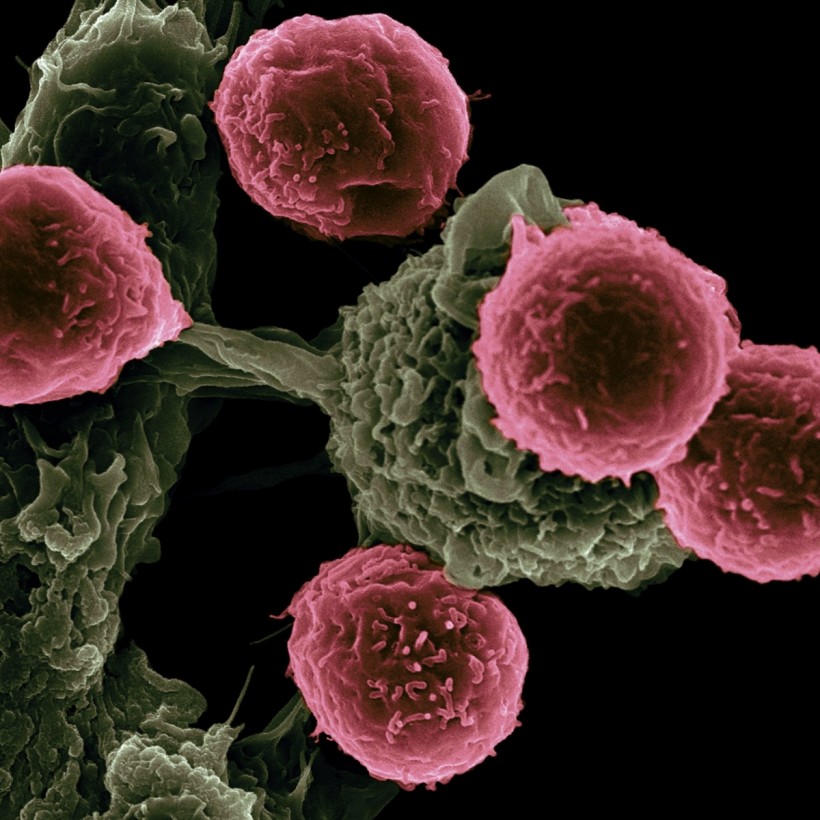Exosomes are capable of providing cargoes of protein, and nucleic acid (miRNA, mRNA, DNA). a even small molecules such as metabolites or dyes to kill cancer cells can be a powerful life science research tool.
Because of their biocompatibility and safety, exosome engineering has become an extremely important tool for creating nanocarriers.
Exosome engineering was cell debris therapy with no important function, and its significance in the last two decades.
Exosomes' desirable properties have made them a suitable manipulative platform for biomedical applications. Such as target medication delivery, gene therapy, cancer diagnosis and therapy, vaccine development, and tissue regeneration.
Although natural exosomes have many potential applications, their clinical use has some inherent limitations.
Vaccines For Immunotherapy:
The use of tumor-derived exosomes for the delivery of therapeutic medications and vaccines for immunotherapy has some appealing aspects.
Tumor cells and tumor exosomes, for example, can be found in high numbers in malignant effusions. And tumor exosomes are shown to carry tumor-associate antigens specific to the tumors from which they are obtaining as well as MHC class I molecules.
Tumor exosomes can transport antigens to dendritic cells, triggering a T-cell-mediated immune reaction against tumor cells.
A phase I clinical trial on the release of tumor exosomes, which were to carry tumor-specific antigens ready for presentation to immune cells. And to stimulate glioma patients' immune systems to clear remaining tumor cells after resection, and completion.
Furthermore, using tumor-deriving exosomes for tumor targeting and selective medication delivery is a possibility.
Tumor-derived exosomes have specific targeting capabilities. However, they show to signal an increase in metastatic behavior in less metastatic cancer cell types. And to encompass tetraspanins, which mediate tumor growth.
Used As An Alternative Strategy For Gene Therapy:
Exosomes derive from stem cells have been extensively study as "cell-free" therapies for boosting regeneration and restoration of multiple tissues. However, limited sources and inadequate therapeutic potency have hampered exosome applications.
One study was developing a stem cell-mediate gene therapy strategy in which mediator mesenchymal stem cells are genetically engineering by the bone morphogenetic protein-2 gene. To produce exosomes with increased bone regeneration potency.
This effect is attributed to the synergistic effect of MSC-deriver content and increase BMP2 gene expression.
The MSC-BMP2-Exo also can be home to the injured site. The mediator MSCs bear the toxic effect of genetic transfection, whereas the produced exosomes have excellent biocompatibility.
Furthermore, plasmid tracking reveals that a fraction of plasmid DNA can capture by exosomes and delivered to recipient cells.
Conclusion:
Due to the ineffectiveness and neurotoxic effects of some existing therapies and synthetic therapeutic nanocarriers, exosome engineering is becoming an increasingly important therapeutic biomaterial. For use in a variety of therapeutic applications.
It holds great promise for producing medicine carriers, genes, and other therapeutic agents that can be incorporated into their interior. Or onto their surface using various modification techniques to improve their targeting abilities.
Exosome engineering is a novel tool and research area in the biomedical sciences.
Because of its novelty and numerous technological limitations, safety and therapeutic effects are critical in promoting the use of exosome-based therapy.
* This is a contributed article and this content does not necessarily represent the views of sciencetimes.com





![Anger Could Lead to Blood Vessel Dysfunction, Increase Risk of Heart Problems [Study]](https://1721181113.rsc.cdn77.org/data/thumbs/full/53500/89/56/50/40/anger-could-lead-to-blood-vessel-dysfunction-increase-risk-of-heart-problems-study.jpg)





![Venus Lost Water and Dried Out Due to Chemical Reaction HCO+ Dissociative Recombination [Study]](https://1721181113.rsc.cdn77.org/data/thumbs/full/53493/258/146/50/40/venus-lost-water-and-dried-out-due-to-chemical-reaction-hco-dissociative-recombination-study.jpeg)



